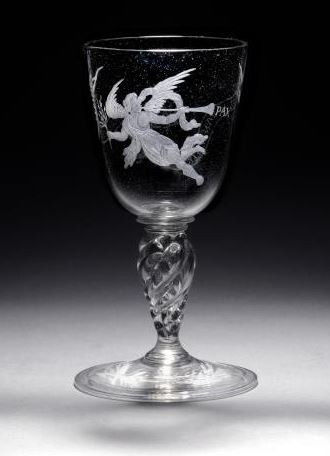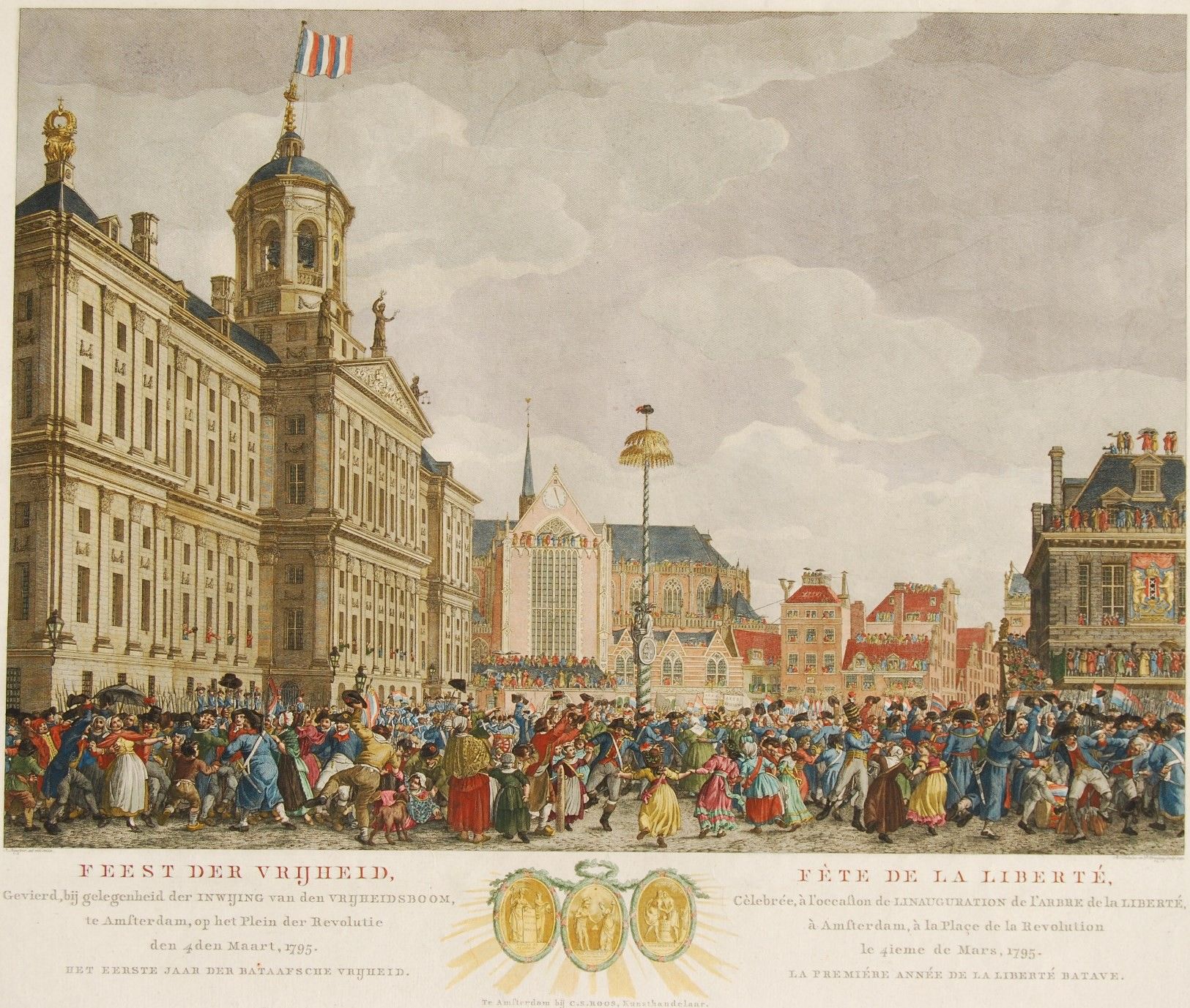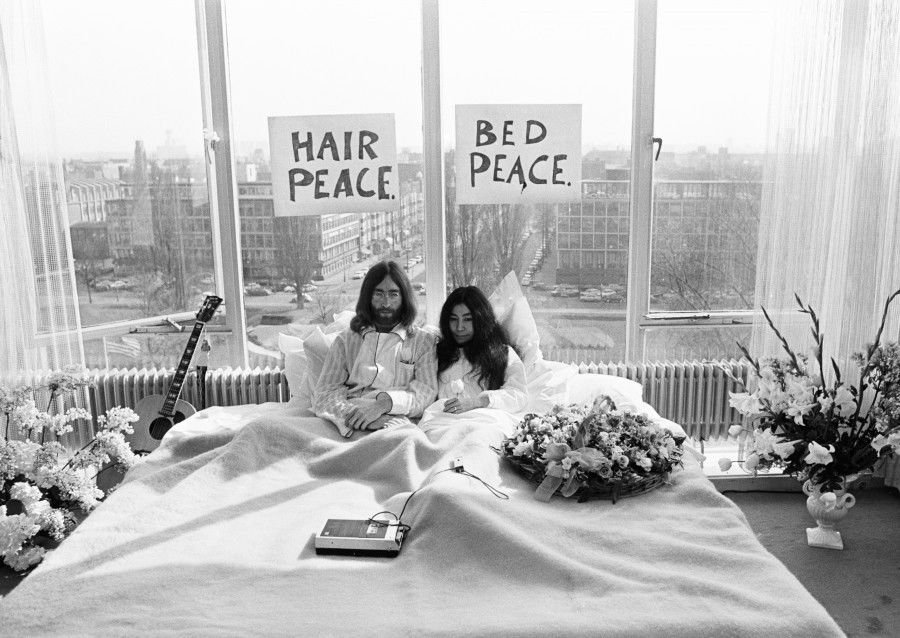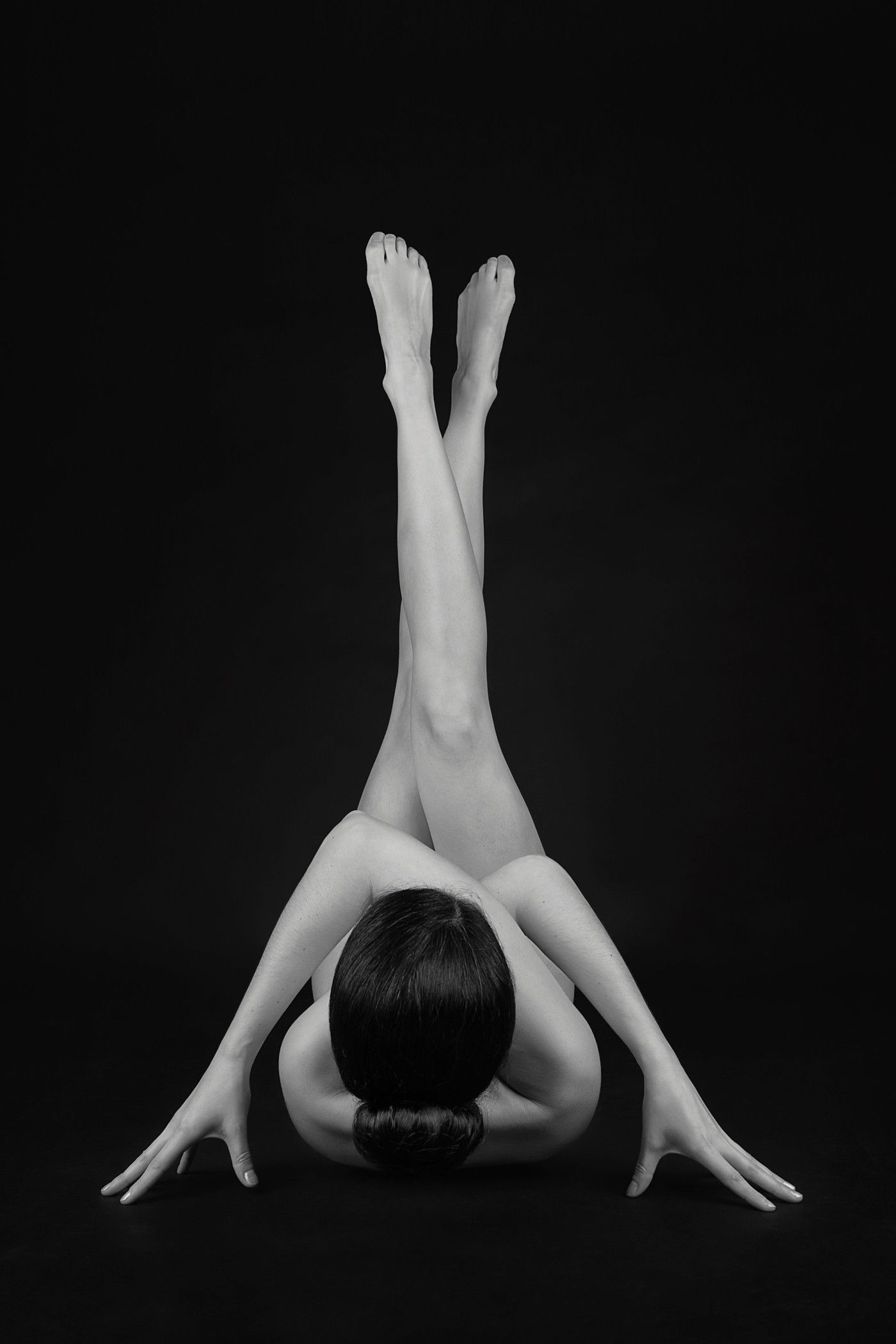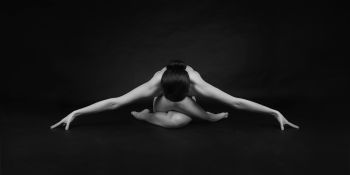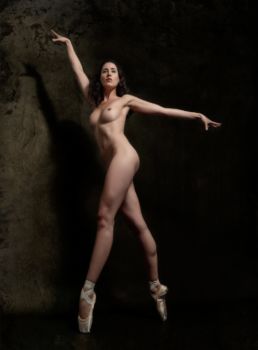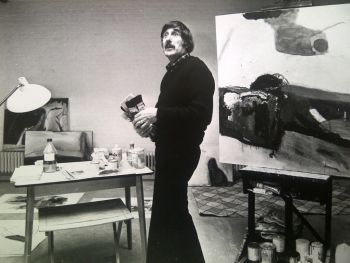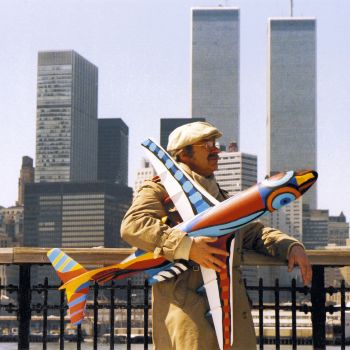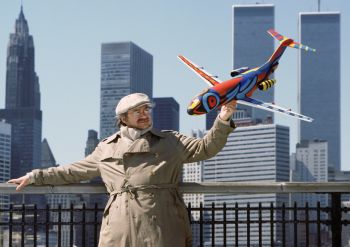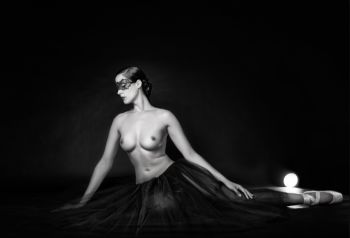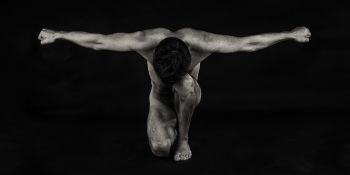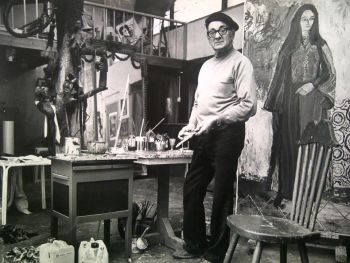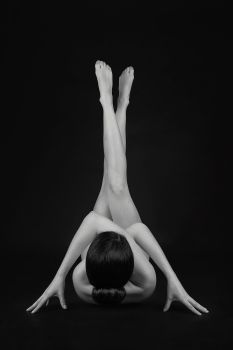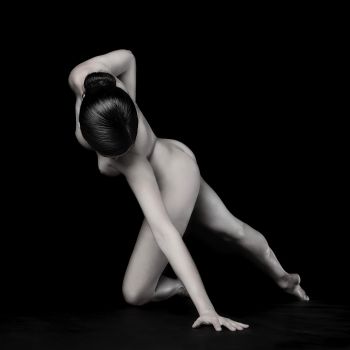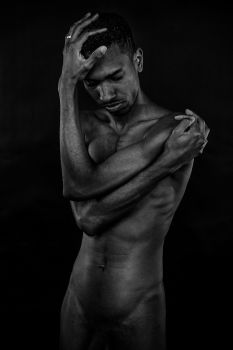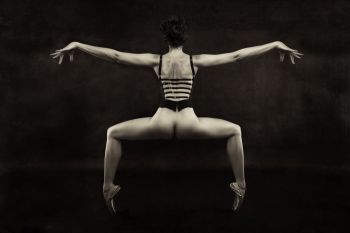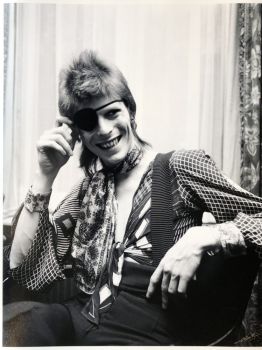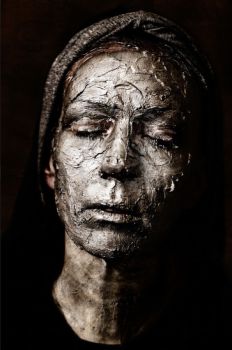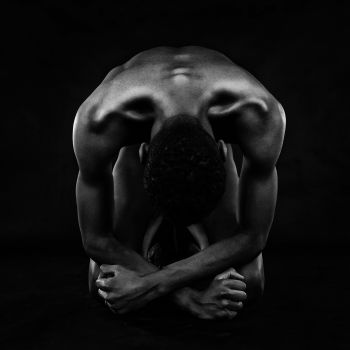Freedom and Commemorative art
In May most of the European countries commemorate the ending of World War II. The Netherlands commemorates the victims of the Second World War and celebrates its liberation on two separate but consecutive days.
The fact that the Netherlands observes ‘Dodenherdenking’(Remembrance Day) and celebrates ‘Vrijheidsdag’ (Liberation Day), the day on which the German army capitulated, on two separate days is primarily the result of the strong influence that former members of the resistance had in Dutch society directly after the Second World War.
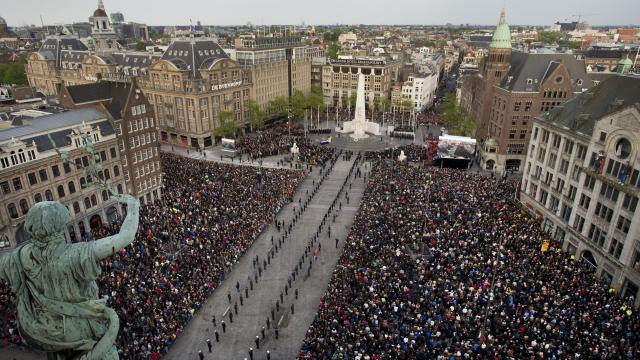
On May 4 at 8 pm the Remembrance day is celebrated with two minutes silence. This ceremony is held in the whole of the Netherlands.
This photo is taken at the Dam Square in Amsterdam, where the Dutch King and Queen are present to commemorate.
During the war, the Dutch resistance -first consisting out of several small groups but at the end of the war well organized –gained considerable authority at the end of the war. After the country had been liberated, the former resistance was relatively well organised and prominently represented in government circles. The Dutch Queen Wilhelmina supported the influence of the resistance and when she returned to the Netherlands after five years of exile, she almost directly appointed some of the resistance leaders as her advisors.
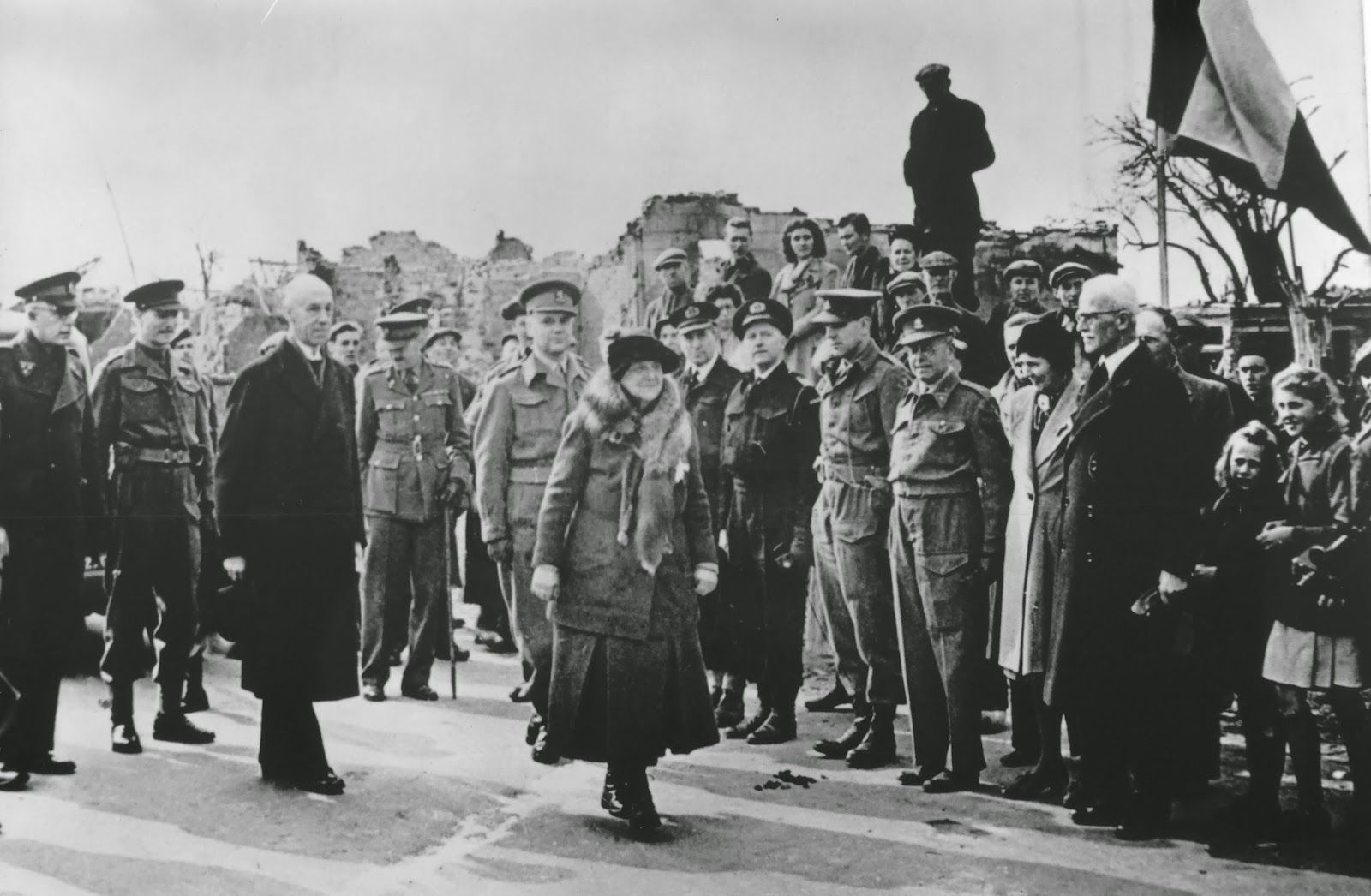
In 1945, the Dutch Queen Wilhelmina arrives for the first time in Zeeland (the Netherlands) after her exile
and is welcomed by the Queen's Commissioner of Zeeland Quarles van Ufford (left behind the Queen)
The most important reason why the national commemoration of Remembrance Day takes place on 4 May and not on 5 May is that directly after the Second World War, both the survivors and the bereaved in the former resistance circles found it inappropriate to mourn the victims of war and to celebrate the liberation on the same day. In their view, the emotions that went along with both sets of memories were incompatible.
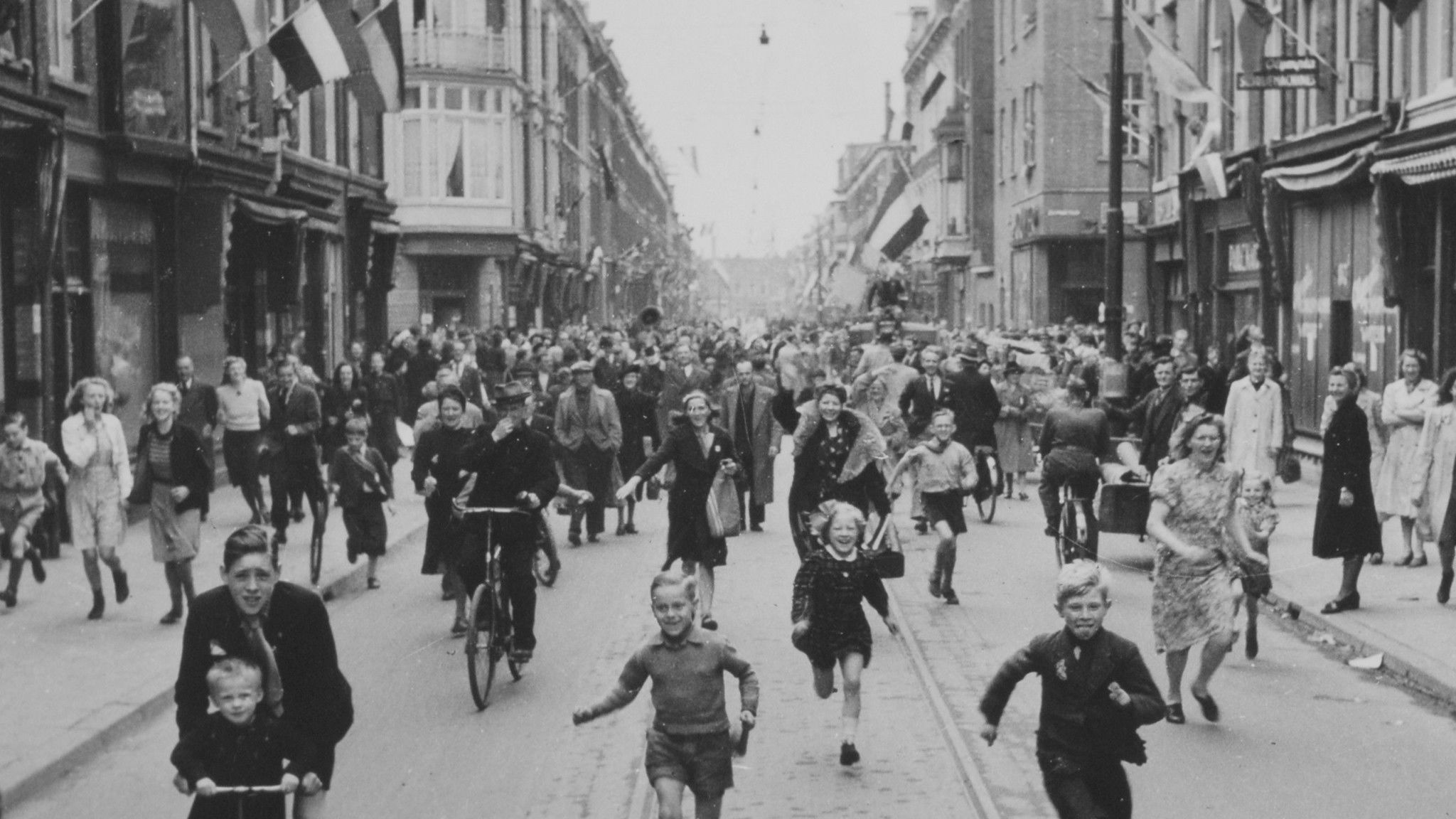
The photo was taken at the Piet Heinstraat and Witte de Withstraat in The Hague in May 1945.
The city of The Hague could only celebrate its liberation after the 8th of May when the Canadians entered this town.
Another reason is that the Netherlands had not played an active role in the First World War- it was neutral during this period. So whereas most other European countries had commemoration traditions of a military character stemming from the First World War, the Netherlands was free to commemorate and celebrate in its own distinct manner. For example, the UK and France commemorate the First World War or la Grande Guerre on November 11th, the so-called Poppy Day or Armistice Day.
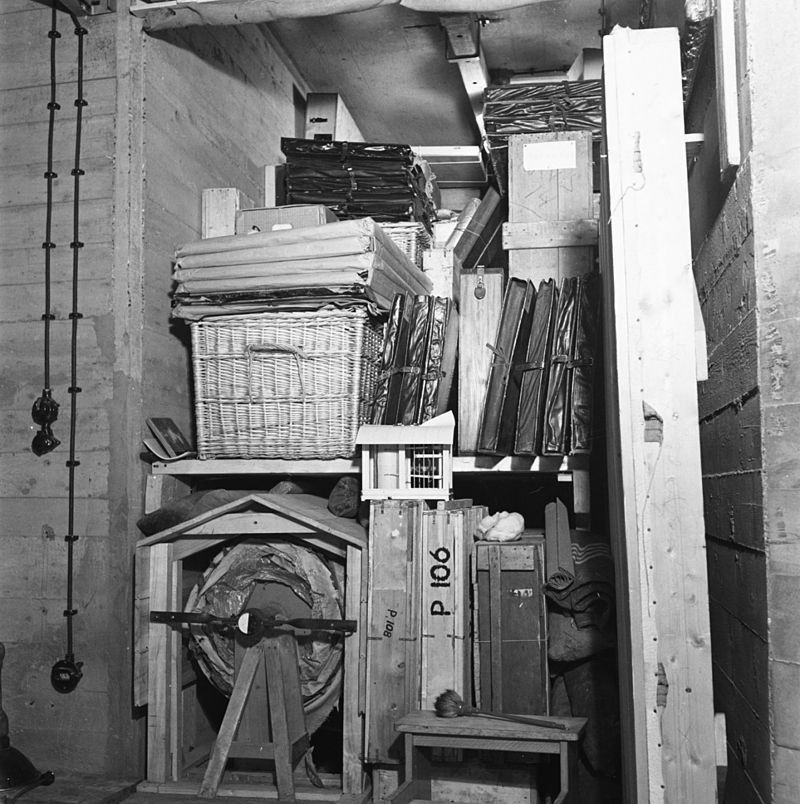
At the beginning of the war, famous Dutch artworks were stocked in underground caves near Maastricht.
The famous Nachtwacht by Rembrandt was rolled around a cylinder inside a crate and stocked in a limestone cave at the Saint Pietersberg near Maastricht.
It would be stored in this condition- and lots of other famous artworks too- throughout the World War II.
On May 4, at 8 pm, the entire country – including those who experienced the war first hand and everyone else who recognises the civic importance of remembering – commemorates the victims of wartime violence in silence. The King and Queen of the Netherlands will be present in Amsterdam at this commemoration.
Commemorative art has been made during the centuries. We have selected some artworks from our partners that have a commemorative aspect or are made with the purpose to commemorate something.
A commemorative glass referring, 18th century available at Kunstzalen A.Vecht.
The engraving probably refers to the Peace of Utrecht of March and April 1713 which helped end the War of the Spanish Succession. The Treaty was concluded between the representatives of Louis XIV of France and Philip V of Spain on one hand, and those of Queen Anne of Great Britain, the Duke of Savoy, and the United Provinces on the other.
'Feest der Vrijheid'by Reinier Vinkeles available at Inter-antiquariaat Mefferdt & De Jonge
The French era began in the largest part of the Netherlands with the Batavian Revolution in 1795, when Dutch patriots, with the support of a French army that had entered the country, proclaimed the Batavian Republic.
Stadholder William V left for England in exile. Here we see the "feast of freedom" on the Dam in Amsterdam. A large crowd dances around the freedom tree. In the caption, we see the three allegorical emblems of Freedom, Equality and Brotherhood that also hang on the tree. In June of that same year follows the "festival of alliance".
In-bed with John Lennon and Yoko Ono made by Nico Koster in 1969
The in-bed protest by the famous couple John Lennon and Yoko Ono in the Hilton Hotel Amsterdam in 1969. The in-bed protest was held in two hotels: one in Amsterdam and one in Montreal. These protests were against the war -especially the Vietnam War, experimental test and new ways to promote peace. During a week the couple stayed in their bed at the hotel. The public proceedings were filmed and later turned into a documentary movie. The photos in Amsterdam are taken by Nico Koster.
'La Tour Eiffel' by Natascha Hemke available at Fotogalerie Utrecht and Ans Hemke-Kuilboer.
Last but not the least this beautiful artwork from the Dutch photographer Natascha Hemke (1972) was made just after the terrorist attack in Paris in 2015. Natascha was during that time in Paris and was struck by this bloody attack. In memory of the victims, she created this beautiful artwork. It is a protest against the fundamental extremism by showing the Eiffel Tower - the symbol of France- as a naked woman.


